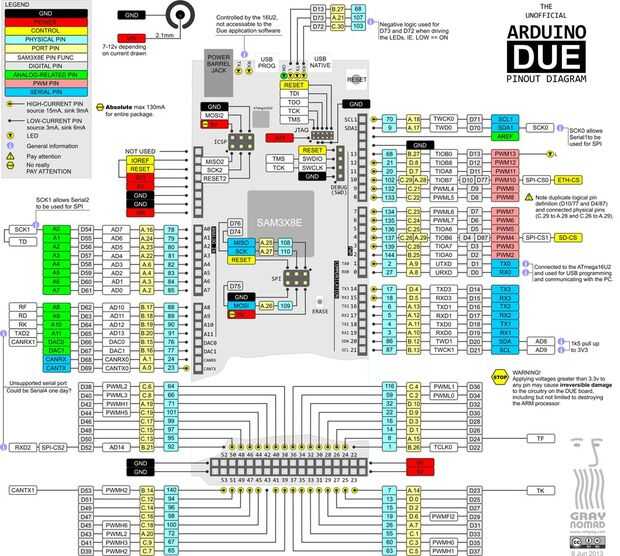

Vin : It is the input voltage pin that powers up the Arduino board. Out of these five are PWM enabled, with 8 analog input pins. Here’s the difference between Arduino Nano and Arduino Nano Every in tabular form: Functionĭifference Table between Arduino Nano and Arduino Nano EveryĪs shown in the above Arduino Nano Every pinout image, the board consists of 30 pins in total, 20 of which are digital I/O pins. As compared to the Nano’s ATmega328p processor and 2 KB of RAM, Nano every comes with a powerful processor ATmega4809 (20Mhz) and a larger ram capacity of 6 KB (3 times). The Arduino Nano Every is a pin equivalent and evolved version of the Arduino nano board. But the similar Nano boards like Arduino Nano 33 IoT have an inbuilt WiFi module with Bluetooth and Arduino Nano 33 BLE Sense with Bluetooth only.ĭifference between Arduino Nano and Nano Every? No, the Arduino Nano Every does not have a WiFi or Bluetooth feature. Given below are the specs of Nano Every in Tabular form. RX and TX LED: On the board, there are two more LEDs connected to the UART pin 17(RX) and 30(TX) respectively. This Led can be controlled by switching the pin HIGH or LOW. Inbuilt LED (13): An Inbuilt LED is present on the board that is connected to pin no 13. Power LED: The board comes with a power Led that lit up as soon as the board is connected to a computer. RESET button: The board comes with a RESET button that can be used to reset the board and begin the execution of the program from the beginning. The port can be used to power up the board as well as to connect the board to the computer for flashing the code. Micro USB port: The Nano every comes with a micro-USB port, unlike the previous Arduino Nano board that comes with the mini-USB-B port. The chip features the latest technologies like flexible and efficient-power architecture, including Event System and Sleepwalking, precious analog features, and advanced peripherals. It comes with 6KB of SRAM, 48KB of flash, and 256 bytes of EEPROM. Atmega4809 Microchip : It is an 8-bit AVR processor developed by Atmel that can run up to 20MHz.


 0 kommentar(er)
0 kommentar(er)
